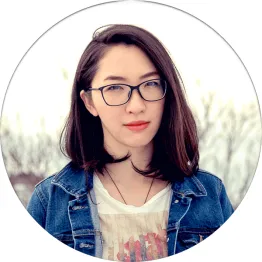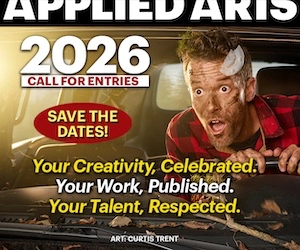I'm a Chinese illustrator and visual storyteller based in New York City. I was born and raised in Shenzhen, China. I came to the US in 2013 to attend the MFA Visual Narrative program at the School of Visual Arts. After I graduated, I stayed in the city and started my career as a freelance artist.
My works can be seen on book covers, magazines, websites, merchandise, and murals. My style ranges from eastern classic to science fiction and fantasy. For books, magazines, and media, my clients include Penguin Books, HarperCollins, Albert Whitman & Co., Boom! Studios, The Jim Henson Co., BuzzFeed News, Tor, Variety, ElleMen, Modern Weekly, and Nautilus. For advertising, I've worked with HCB Health, BBC Studios, School of Visual Arts, Mercedes-Benz, Fendi Baguette, and more.







What are you working on at the moment?
Besides my freelance jobs, I'm currently working on a graphic novel, which is a gangster story set in China in the 1940s. I'm collaborating with the writer Mark Sable, and the book will be published by Top Shelf Productions.
What does a typical working day look like?
I usually sit at the computer around 9, with a cup of coffee or Hong Kong-style milk tea. I start the day with emails and other logical tasks. The creative parts come after. Sometimes, when I work with European clients, I start at 6 AM, because they are 5–6 hours ahead, and I try to minimize the time difference and work efficiently.
There's no typical "end time" to my day. It depends on the projects. It can be anytime after 5, or even overnight. I work from my home studio, so I can easily manage my time.
What tools do you use most for your work?
For commercial work: iMac, Wacom (Intuos), and Adobe Creative Suite.
For personal sketches: iPad Pro, Chinese ink, and brush.









What skills have you learned along the way?
"Being able to change" is an important skill that I've learned. When I was in school, I used to set rules for myself and thought that was "my style" or "my voice." But when it comes to commercial work, when clients' needs collide with those "rules," I started to question myself—what really matters?
New clients bring new products, styles, elements, or color palettes that we may have never worked with before. As professional creatives, we need to be flexible enough to handle multiple tasks and meet different needs. These experiences changed my perspective, and now my new rules are: learn, adapt, and grow.
What advice would you give to a young creative?
When you are learning, try everything you can and don't be afraid to make mistakes. "The best way to learn is from experience," and this is especially true in the creative industry. It takes a lot of practice (and failure).
And don’t be shy to share your work. Post it online, submit it to competitions, and bring it to art fairs. If you want to be a professional artist, remember that marketing is just as important as creativity.



